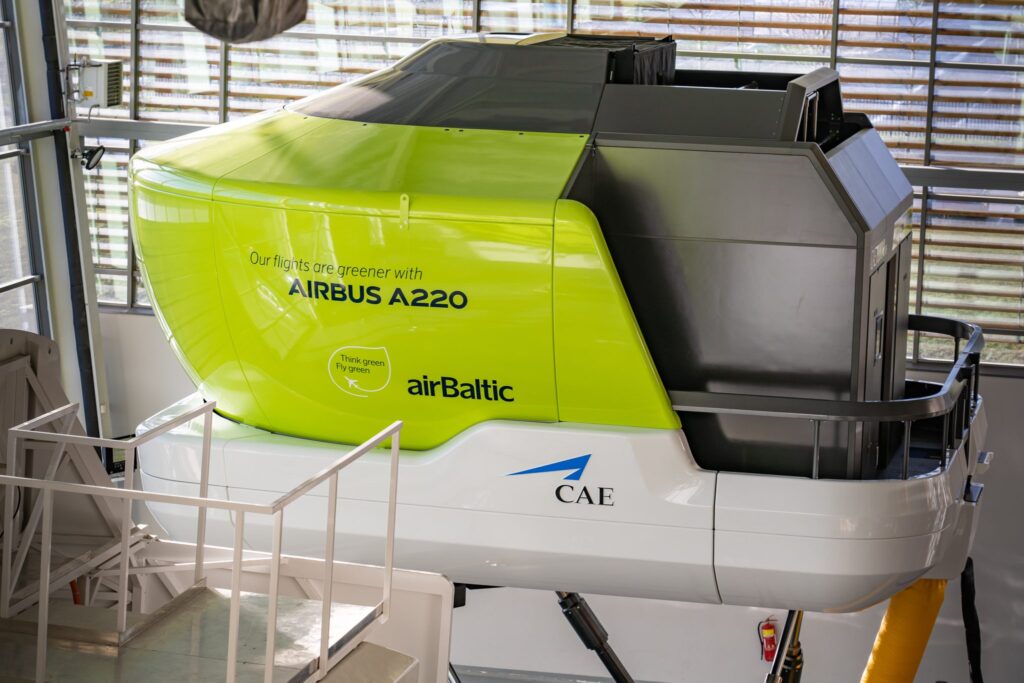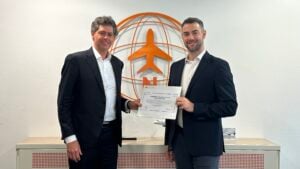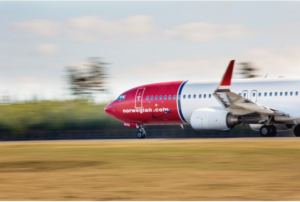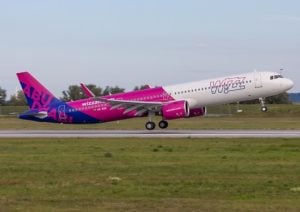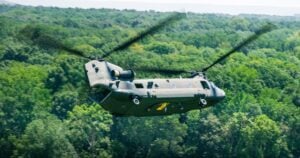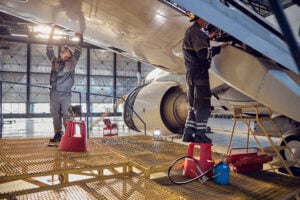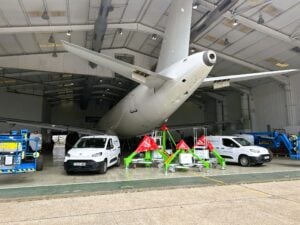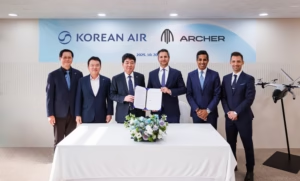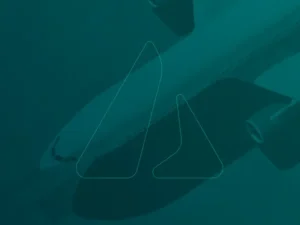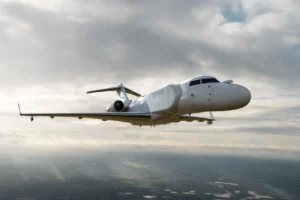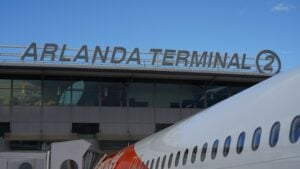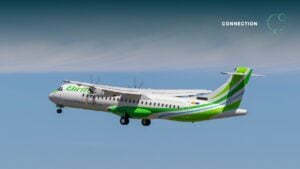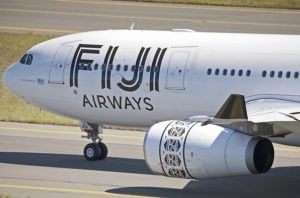Latvian national airline airBaltic is set to significantly boost its training capabilities with the addition of a second Airbus A220 full-flight simulator (FFS), scheduled for delivery in the fourth quarter of 2024. This new simulator will play a key role in supporting the airline’s expanding fleet and the continuous development of its Pilot Academy by enhancing the training and qualification of its growing pilot roster.
With airBaltic’s fleet expected to grow from 48 aircraft to 58 by 2025, the demand for advanced pilot training has increased accordingly. The addition of the second simulator is a crucial investment to meet this demand, ensuring that the airline’s pilots receive the necessary training to maintain operational excellence.
The new simulator will provide 6,000 hours of availability annually, with an optimal utilisation target of 5,500 to 6,000 hours. This time will be allocated for both recurrent and initial training, as well as technical maintenance, ensuring the simulator remains at peak performance.
Beyond supporting airBaltic’s fleet expansion, the new simulator will offer advanced training opportunities for technical personnel and enhance the capabilities of the airBaltic Pilot Academy, particularly for the Multi-Crew Cooperation (MCC) course. Additionally, the availability of a second simulator will allow airBaltic to rent out training slots to other airlines, further maximising the use of this cutting-edge facility.
With only two Airbus A220 FFS’ in Northern Europe, including airBaltic’s, this expansion reinforces airBaltic’s position as a leading training hub in the region. Similar simulators are located in Germany, Switzerland, Italy and France.
Both of airBaltic’s simulators will be fully equipped and certified according to the latest EASA (European Aviation Safety Agency) issue 2 requirements, including advanced features such as performance-based navigation (PBN) and upset prevention and recovery training (UPRT). The simulators will feature a 60-inch stroke electric motion system, state-of-the-art visual technology with four-megapixel LED projector systems, dual head-up displays, and the CAE7000XR Series FFS, equipped with the CAE Tropos™ 6000XR visual system for exceptional realism.

